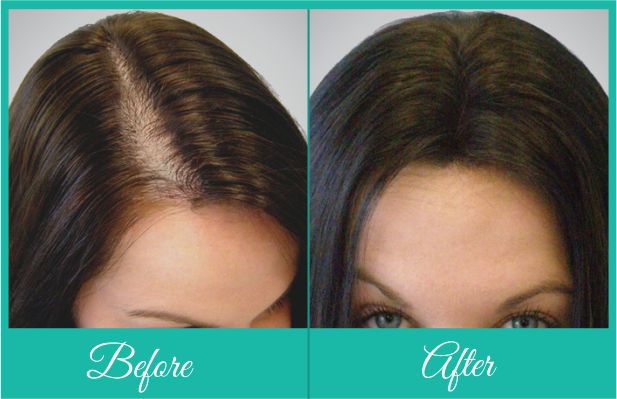If you are starting to experience issues with balding or thinning with your hair, you may want to consider scheduling a hair transplant procedure. These procedures are very safe and can help to provide you with a fuller head of hair, which also helps to minimize the signs of aging that you are going through. There are two primary hair transplant methods, including FUT and FUE. Although these methods are similar, there are some distinct differences that you should be aware of before deciding on which of the two procedures is best for you.
What Is a Hair Transplant?
This is a type of minimally-invasive surgery that moves hair from a certain area of your body to an area of your head that consists of either no hair or hair that is currently thinning. Depending on how much hair is being transplanted, the procedure could take anywhere from 3-8 hours.
Anesthesia will be administered into the immediate treatment areas to ensure that you don’t experience any pain during the procedure. Once the hair has been transplanted, you will likely start to see new growth within 2-3 months after the surgery has taken place.
The Differences Between FUT and FUE Hair Transplant Methods
The two primary types of hair transplants methods include the FUT method and the FUE method. When you have selected the FUE transplant method, each unit of hair is taken from the scalp and placed directly into the transplant area.
Although the donor area will have less density than it once did, the surgeon focuses on selecting follicles of hair from areas of your head that did not have thinning hair so as to ensure that there are no issues with the donor area.
The FUT hair transplant method is a much more extensive one that involves the complete removal of a strip of tissue from the back of your head. Once the tissue has been removed from the back of your head, the hair follicles will be taken from the tissue and transplanted into the area where you are experiencing baldness or thinning of the hair.
FUT is considered to be the preferred option by people who are suffering from severe or advanced amounts of hair loss. This type of treatment allows for a large amount of hair to be transplanted in a single surgical session.
Potential Risks and Complications That You Could Experience With This Procedure
There are some risks that you will want to keep in mind as you’re considering making use of a hair transplant procedure. A certain amount of bleeding should be expected in the week following the procedure. However, this bleeding could be an issue if it persists. If the transplant area is not well taken care of, an infection could develop. Make sure that you see a doctor immediately if you notice an infection so as to resolve it before it worsens.
While there aren’t many additional risks that you can experience immediately after the surgery has been completed, there are some that can occur right as the new hair is starting to grow, which should be around 2-3 months after the procedure. As the new hair grows, it’s possible for you to experience inflammation around the hair follicles as well as an infection within the follicles.
Medications are usually all that’s necessary to keep these issues at bay. One other risk that you should be mindful of is that some of your original hair may fall out in the area where the transplant occurred. This is usually temporary.
Managing Any Pain and Scarring During Recovery Process
Managing the pain and scarring that results from the hair transplant is different with each type of transplant. When managing the pain from an FUE transplant, no stitches are required and the pain should be minimal, which means that the recovery time is relatively speedy in comparison to the FUT procedure.
As for scarring, hair follicles are taken from the scalp on an individual basis, which means that there should be no linear scarring whatsoever. You may, however, notice tiny puncture marks in the area where the follicles were removed. These puncture marks will scab over and should completely heal within a week following the procedure.
If you have selected the FUT procedure, the discomfort and pain can be moderate in the days following the procedure, primarily due to the amount of swelling that occurs in the immediate area. This pain will likely dissipate in just a few days with the help of some prescription pain medication.
As for scarring, you will likely notice a linear scar in the area where the strip of tissue was removed from your scalp. This scar is exceedingly narrow and should be entirely covered by your hair, even if you have a relatively short hair style. The scar will fade over time.
What Questions Should I Ask My Surgeon Before the Procedure?
Before the procedure occurs, you may want to ask your surgeon some questions in order to put your mind at ease. For one, you want to make sure that the surgeon has all of the necessary credentials that state they can perform a hair transplant surgery.
Try to ask the surgeon if there is enough hair in your donor area to provide for the transplant area. You should also ask about what types of grafts are used by the surgeon. You want to make sure that the only thing being placed on the transplant area is hair follicles without any of the skin that can be located between the follicles. Asking these questions should help to bolster your confidence for the procedure at hand.
Dr. Epstein is a surgeon with a focus on both plastic surgery and hair restoration. He specializes in FUE hair transplants in Miami and New York, and has around 25 years of experience in the field. He is also triple board certified and aims to always produce natural-looking results.































